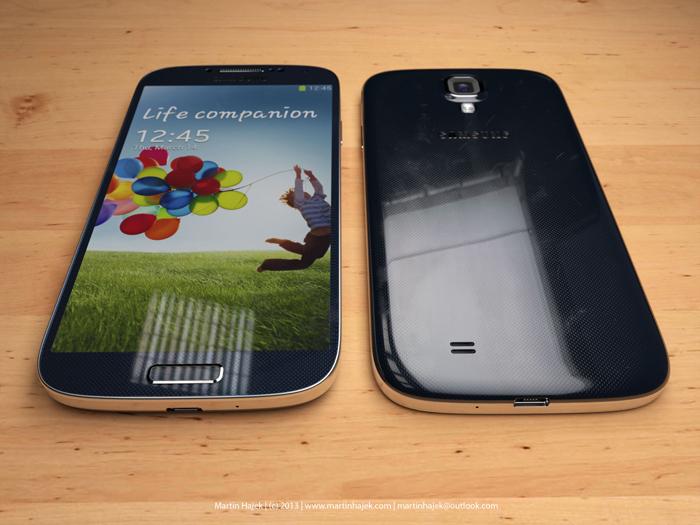
What makes a great smartphone "great"? Well, a lot of things do. For starters, you have the initial impression of the device - you know, what it looks like from the outside. The size, shape, button placement, color, and other decoratives are what a lot of consumers use to make a snap decision right away on whether they think they'll like the device or not. Of course, the outside generally tells you nothing about what the inside looks like in regards to just how well a device can run, but that's irrelevant. For now, we're going to focus on the design aspect of smartphones and why it's so important.
A lot of people don't consider design to be an important feature, especially because they figure even if they can get an ugly device with some great specs underneath the hood all they have to do is cover up the ugly with a case or decorative skin, which is true in a lot of ways. I've been able to tolerate a lot of ugly phones because of the cases available to put on them. But at the same time, cases can't change everything about the phone. There are other important design aspects that people don't realize is important until after they've already signed the papers.
For one, you have button placement. Depending on how you most comfortably hold your phone, you might find that certain button placements just don't work with your feng shui. When I had my first experience with a smartphone that had the power/sleep button on the right side of the device, I thought it would make more sense because that's where my thumb sits when I'm holding a smartphone in one hand. As it turns out, having a power button on the right side of the device didn't actually work out that well for me at all. While my thumb does indeed rest on the right side of the device, it also constantly bumps the button. Often this would result in my phone going to sleep at inopportune times, which became somewhat of a nuisance. With the same button placement, I would have trouble watching videos in landscape mode no matter which way I held it. If I turned the phone counter-clockwise, my thumb would mess with the volume rocker. If I turned the phone clockwise, my thumb would mess with the power button. The design of this particular button layout didn't do well for me, but things got a lot better once I switched to the iPhone, which places the power button on top of the device.
Aside from button placement, another design aspect that is important (at least to me) is speaker placement. This actually didn't used to be a big thing on my list until the recent release of the HTC One. I'm surprised that nobody thought of that until now. Now, speaker placement isn't really a make or break deal when it comes to choosing a smartphone, but I do still consider it important because the whole idea of front-facing speakers just make sense. When people lay a phone down, most of the time you're going to lay it facing up so you can keep tabs on incoming notifications. And what comes with incoming notifications? Notification sounds. By laying the phone on its back and having both screen and speakers facing front you don't have to worry about potentially missing an important call or text message. Phones with speakers on the back can muffle the sound. The other added benefit to having the speaker grills on the front is for when you're watching movies or videos. The phone is facing you, so why do people on the other side of the phone get to hear the audio better than you can? Front-facing speakers are definitely one of the smaller overlooked flaws of smartphone design that makes a huge difference.
And last but not least, I want to address the comfort of the phone. Obviously, like every design aspect of phones, everybody has a different comfort level. Although I've been carrying an iPhone 4S for quite some time, I wouldn't say that the design is the most comfortable. The size is, the design isn't. I much prefer phones with curved backs as opposed to phones that are completely square. The curved back naturally dips into the curve of our hand as we hold our smartphones; it seems to give a better grip on a device. This is probably why I much prefer the design of the HTC One over other flagships like the Samsung Galaxy S 4 and the Sony Xperia Z when it comes to comfort.
Although there are other aspects to consider like specifications and platform to consider when buying a smartphone, design is just as important as any other aspect of a smartphone. If you're not comfortable with how a device feels in your hands then you probably won't be enjoying your new phone as much as you thought you might - which is why I always suggest going to test out a device on display before purchasing!
Do you consider device design important, readers? Have you ever returned a phone because the design just wasn't working out for you? Share your stories and opinions with me in the comments below!